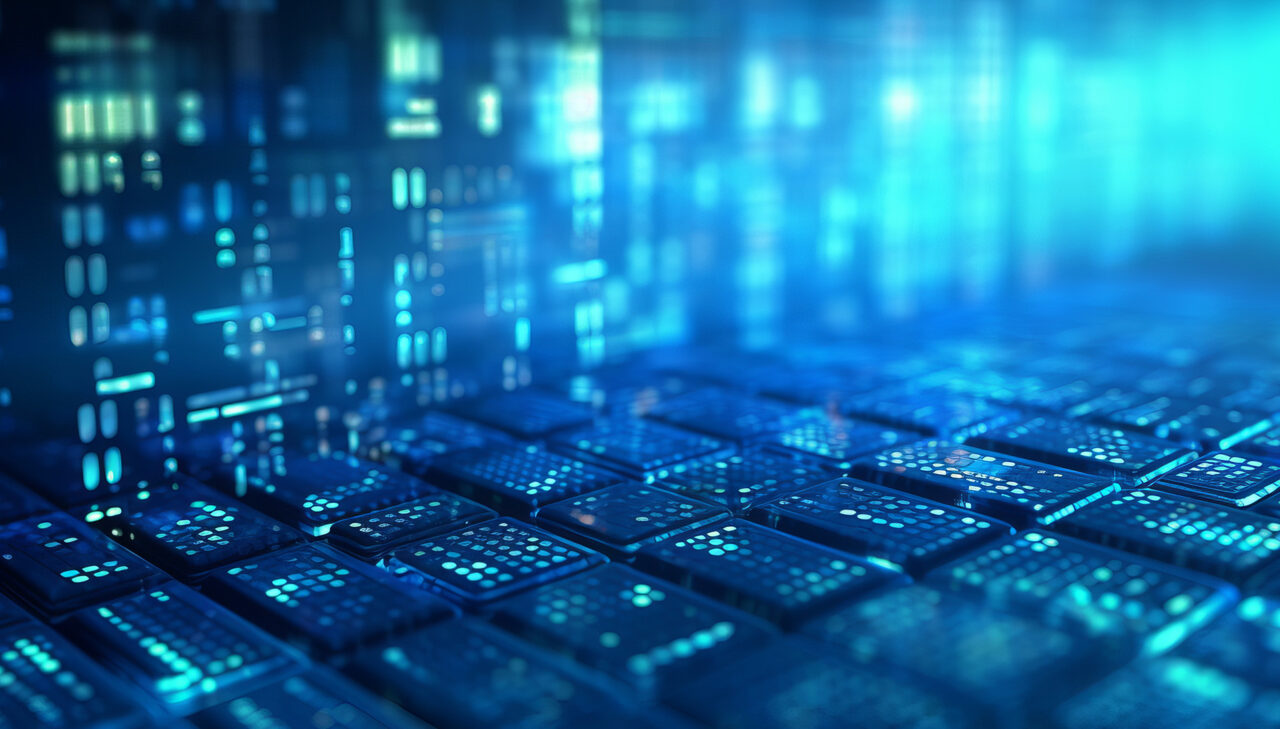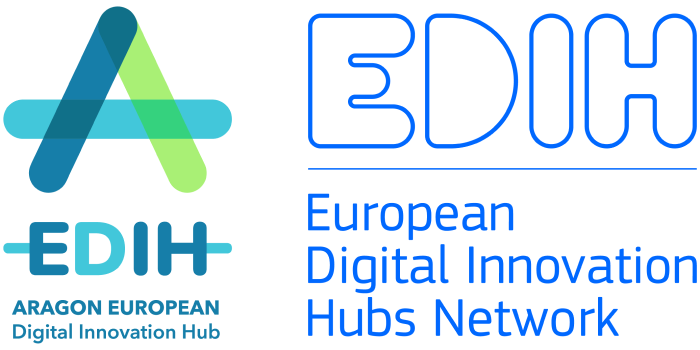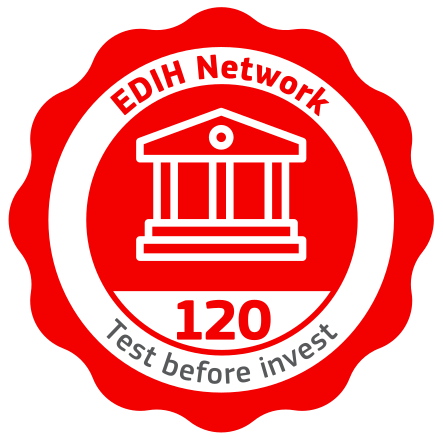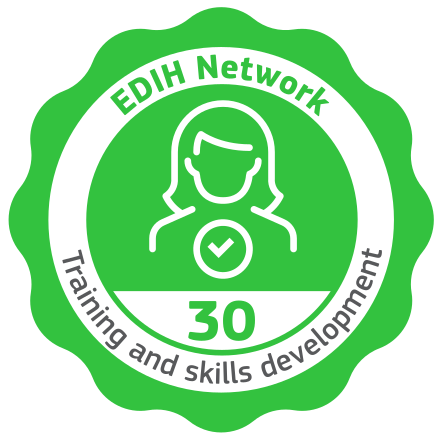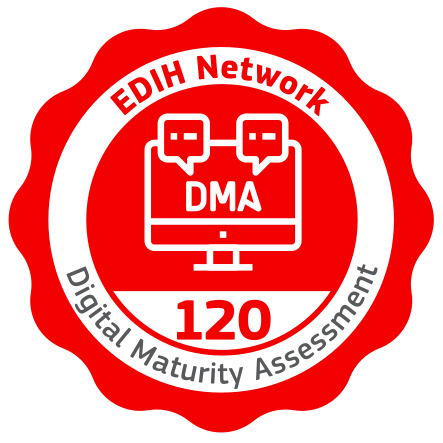Goals
The objective of this training is to learn about the latest Deep Learning architectures applied to computer vision specifically in the areas of pose detection, object detection, segmentation, depth extraction and the generation of 3D models with a practical theoretical approach.
Program
1. Introduction to computer vision
- What is an image?
- Multispectral imaging
- Data sources
- Practical examples
2. Rasterized data
- Express data in matrix format
- Graphs
- Practical examples
3. Classical computer vision algorithmiy
- Filters
- Feature extraction
- Statisticians
- Advantages and disadvantages
- Practical examples
4. Satellite images
- Geolocated images
- State of the art architectures
- Practical examples
5. Advanced deep learning architectures
- State of the art of Deep Learning in vision (Review of popular architectures, latest trends)
- Models based on Transformers (Vision Transformer)
- Practical examples
6. Pose detection
- Bottom-up and top-down approaches
- 2D pose detection
- 3D pose detection
7. Reevant frameworks in the state of the art
- Object detection
- Segmentation (Segment Anything Model, SAM)
- Depth and normal extraction
- Transfer learning and fine-tuning of pre-trained models
- Practical examples
8. 3D Reconstruction
- State of the art in 3D reconstruction
- Practical examples
Who is this course aimed at?
It is aimed at professional environments with an intermediate-advanced level in the field of computer vision and Deep Learning.
Requirements:
- Machine Learning Fundamentals: Understand the concepts and paradigms of supervised and unsupervised learning, including the difference between them and how they are applied to vision problems.
- Fundamentals of Deep Learning applied to vision: Be familiar with the basic concepts of deep neural networks and their application in computer vision problems, as well as know the fundamentals of Convolutional Neural Networks (CNN) and the most used architectures.
- Image processing: Knowledge of image processing, including concepts such as convolution, stride operation, padding, normalization, color spaces, application of filters, etc.
- Python and Deep Learning Libraries: Basic knowledge of Python programming and familiarity with popular Deep Learning libraries such as PyTorch.
- gmail account
- Laptop
Modality
Faculty
- Gorka Labarta – Big Data and Cognitive Systems Team of the Technological Institute of Aragon.
- Rafael del Hoyo – Big Data and Cognitive Systems Team of the Technological Institute of Aragon.
- Francisco Lacueva – Big Data and Cognitive Systems Team of the Technological Institute of Aragon.
- David Abadía – Big Data and Cognitive Systems Team of the Technological Institute of Aragón.
- Carlos Marañes – Big Data and Cognitive Systems Team of the Technological Institute of Aragón.
Time, date and place
- Total duration: 12 hours
- Dates: October 15, 16, 22 and 23, 2024
- Hours: 4 to 7 p.m.
- Place: Technological Institute of Aragon. C/ María de Luna, 7 (white building), 50018 Zaragoza
- Maximum number of attendees: 15 people
Inscription
